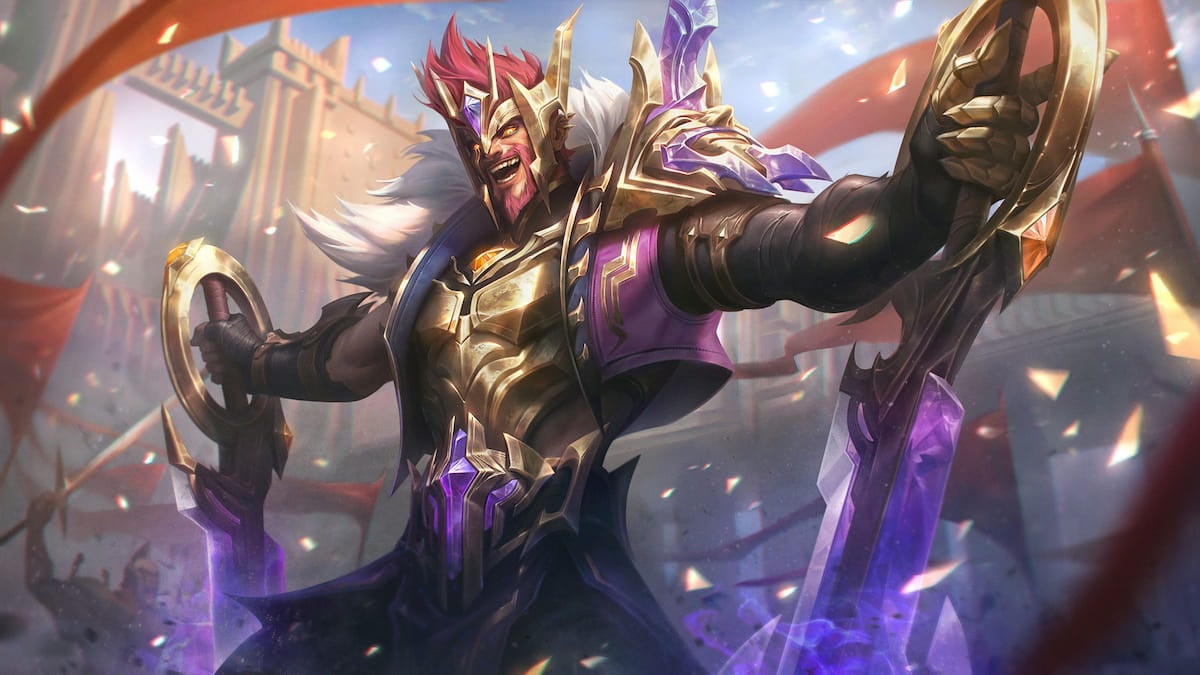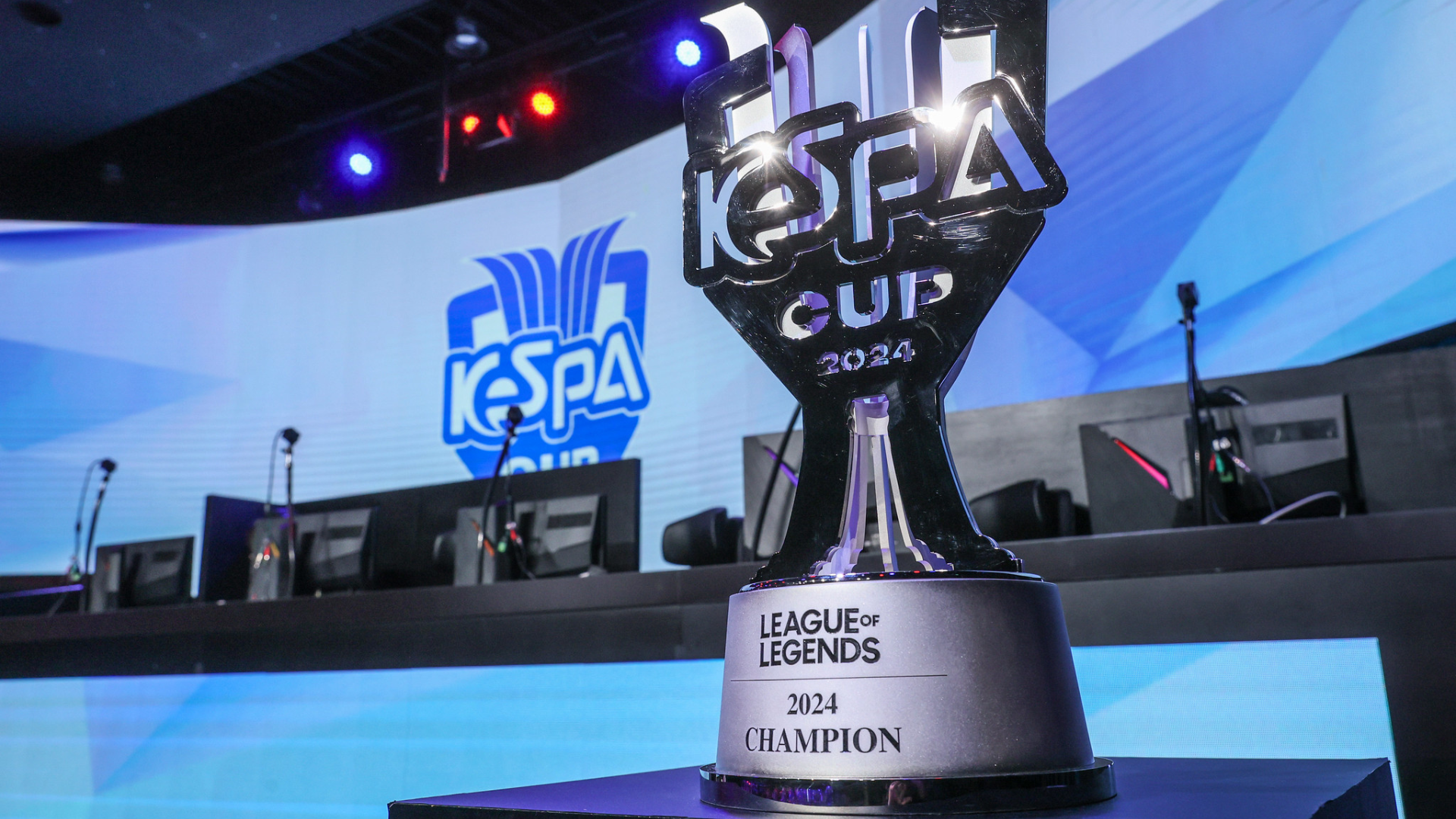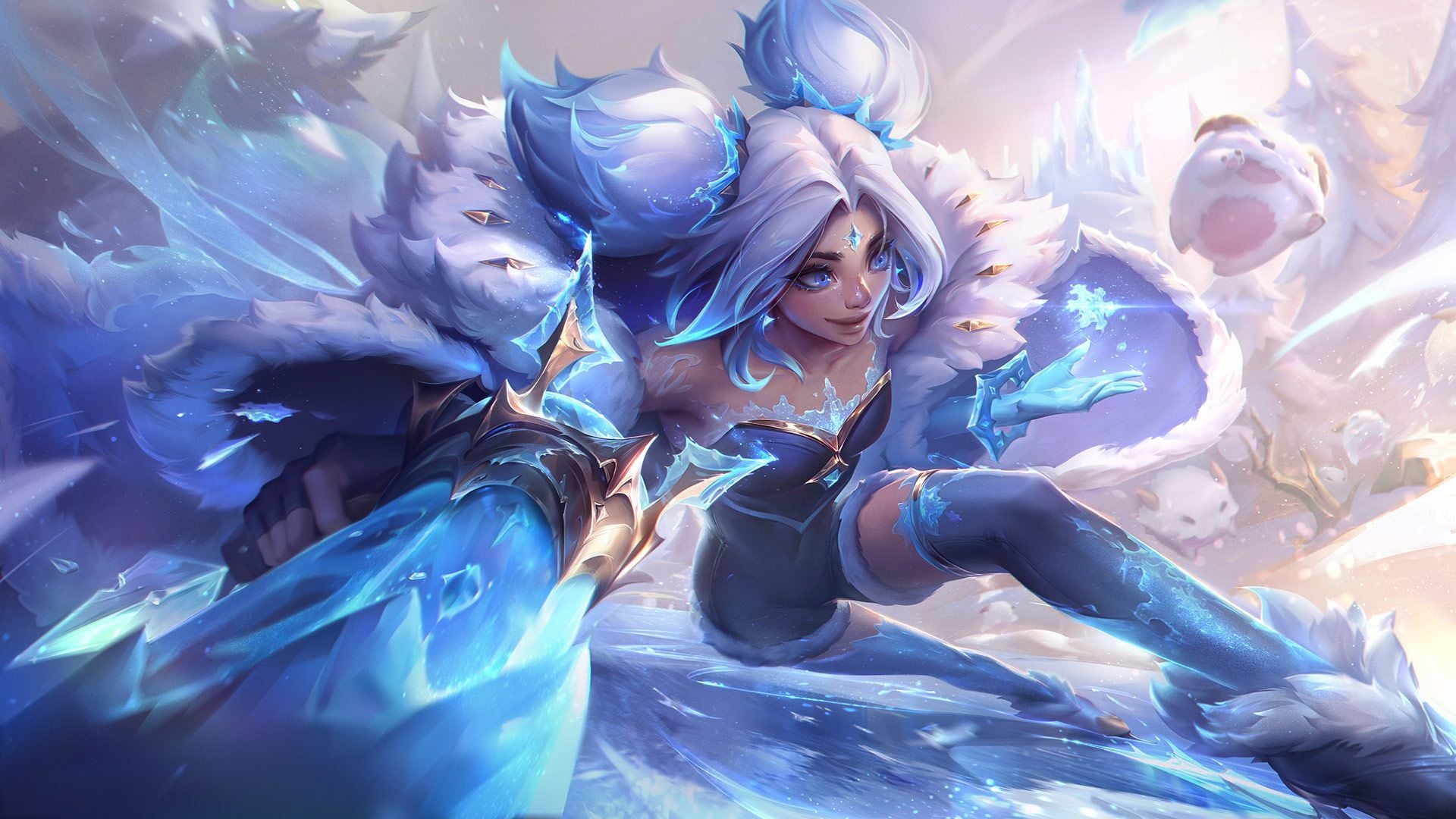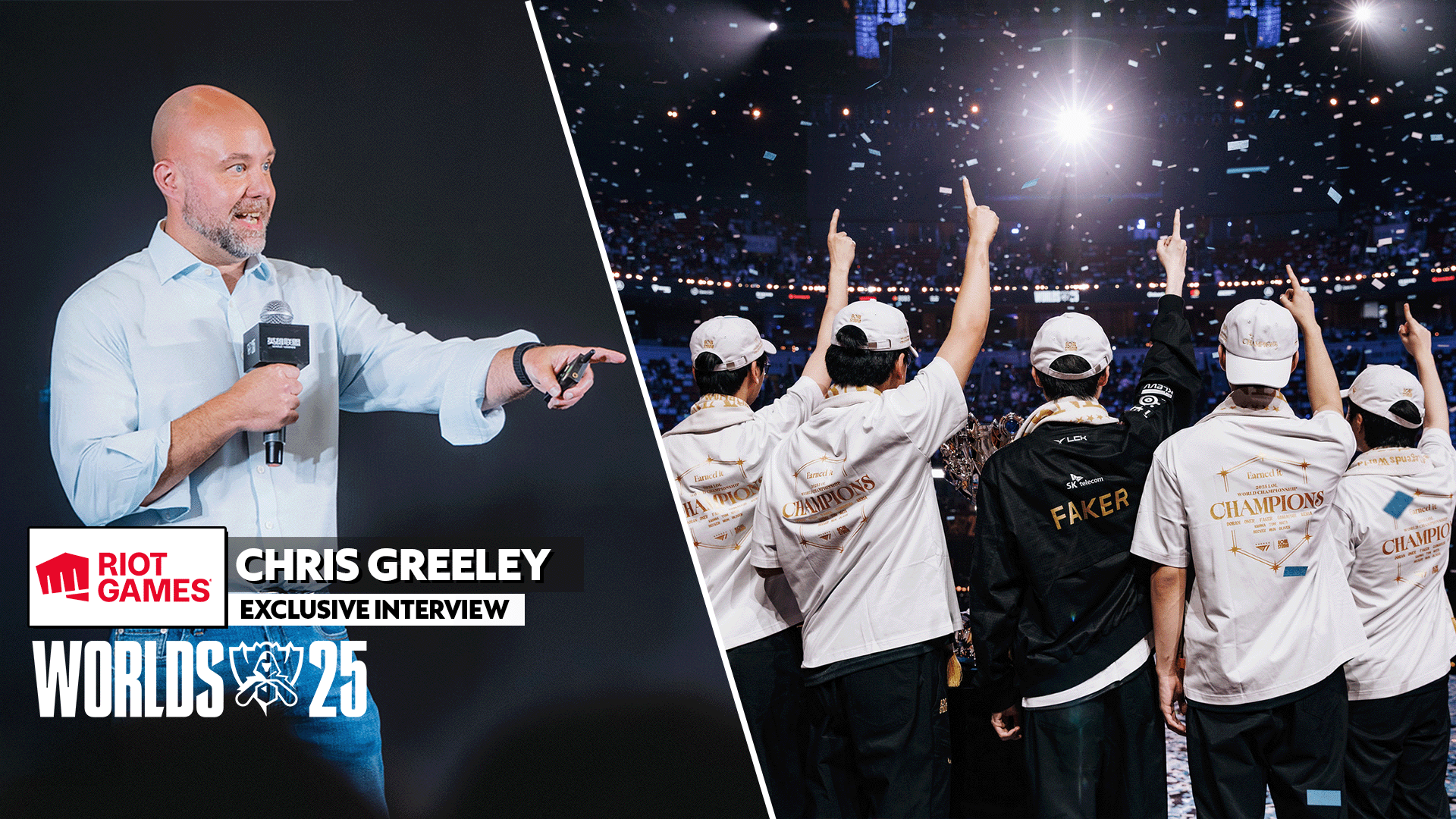Last year, Los Angeles’s Staples Center sold out for the League of Legends world championships in an hour. Thousands of hardcore gaming fans filled the arena to watch the best players in the world compete for a $1 million prize.
But online, the audience was even bigger: 32 million watched via various streaming platforms, making it the biggest esports event of all time. League of Legends was no secret before, but those numbers made it impossible to ignore. Esports is a booming industry with dedicated fans, almost all of whom watch streams online for hours at a time.
But as esports explodes on websites like Twitch and YouTube, how do they measure up against television?
We took a look at esports and television ratings over the years to gain insight into just how popular games like League of Legends and StarCraft 2 are when compared to the real heavyweights in television.
And the verdict is interesting. While esports can’t compete with the absolute top tier of broadcast events like the Super Bowl or World Cup, the viewership is easily large enough that just about any TV network would be happy to broadcast them. Today’s esports scene makes even South Korea’s legendary Brood War industry of the last decade look, well, average.
For organizational purposes, we’ve created some somewhat arbitrary distinctions between broadcasts—what we’re call low, middle, and upper tier. It’s also a way to sort out the outrageously popular broadcasts from more mundane fare. Take a look.
Low Tier
In 2005, at the height of StarCraft’s popularity in South Korea, Ongamenet was one of two television channels in the world broadcasting esports. The network, which featured StarCraft: Brood War’s richest and most prestigious competition, averaged 1.5 million viewers on South Korean television.
Those numbers are roughly comparable to the Evolution Champion Series, the biggest fighting game tournament in the world, which reached 1.7 million viewers in 2013. Moving up a little, DreamHack Winter 2013, one of the biggest esports event in Europe, drew 2.8 million viewers total.

Dreamhack 2012. Photo by Andrew Bell/Flickr
For comparison, Bill O’Reilly, the highest rated cable news host in the United States, earns 2.6 million viewers on an average show. That’s not exactly a fair comparison, though, because both DreamHack and EVO are special events. But one of O’Reilly’s more exclusive broadcasts recently, an interview with President Obama, had 4.2 million viewers. Those were his highest ratings in years.
Now, we’ll readily admit that O’Reilly isn’t directly competing with esports, nor directly comparable.
But traditional sports aren’t a perfect comparison either: esports are simply esports. And it’s interesting to see how a big-name TV personality might compare to esports. But if you’d like a more directly applicable comparison, take baseball: Last year’s MLB American League Championship Series game 2 between the Boston Red Sox and the Detroit Tigers drew 8.26 million viewers.
Update: It’s important to note here that, for many of the sporting events, these numbers represent average concurrent viewership, as in the number of people watching at any given time. It’s not necessarily the total number watching. Traditional TV ratings, on the other hand, take a representative sample of viewers to calculate total viewership.
Middle tier
From 5 million viewers to 30 million, we’ve entered the middle tier. Just about any broadcast that brings in that many viewers is an unqualified success. There are only a few television shows that hit this range—weekly broadcasts of CBS’s top shows, NCIS and NCIS: LA, for instance, bring in averages of 23.3 and 18.2 million. But from here on up, we have only two esports events left that can make a mark on our list.
The first? The 2012 League of Legends World Championships, which drew 8.2 million viewers. That’s more than the first round of the 2013 MLB Playoffs which averaged 3.9 million viewers on TBS. For context, Game 7 of the 2013 NBA finals, in which the Miami Heat beat the San Antonio Spurs, averaged nearly 17.7 million viewers.
But here’s a more fun comparison. AMC’s Breaking Bad was arguably the hottest show of the past six years on television. And its series finale barely reached more viewers than the 2012 LCS championships: 10.3 million. And that was the third highest rating of all time for a TV cable series finale. The all-time cable series finale record belongs to 2007’s end to The Sopranos which reached 11.9 million.
High tier
Big esports can compete pretty well with your average TV broadcast. But they still pale in comparison to the real big leagues of broadcast television.
The biggest esports event ever, the League of Legends 2013 World Championships, topped off at 32 million viewers, a stunning 400 percent increase over the previous year. Compare that to the 2012 NFL Wildcard playoff matchup between the Atlanta Falcons and New York Giants which reached 27.7 million viewers. And this year’s playoff game between the Seattle Seahawks and Washington Redskins hit an audience of 38 million.

The LCS Championship. Photo by artubr/Flickr
Then there’s the Super Bowl, currently the most watched television show in American history. This year’s NFL final, wherein the Seattle Seahawks demolished Peyton Manning and the Denver Broncos, reached 111.5 million viewers in the United States. Nine out of the top 10 rated American broadcasts this year were NFL games. The only outlier was the 2013 Academy Awards, with over 40 million.
The opening ceremony of the 2008 Olympics lured over 1 billion people to their television sets, 842 million of whom were Chinese. That matches the 2011 Cricket World Cup semi-final between India and Pakistan.
The 2010 Soccer World Cup reached 3.2 billion people, almost half the world’s population. It’s the highest rated television event of all time.
Of course, no one would expect any esports title to compete with a sporting events of that magnitude. But what’s really interesting about all this is that the League of Legends 2013 World Championships can stand toe to toe with some of the most successful broadcasts of our time.
Even “regular” esports events like DreamHack are drawing millions of viewers from around the world, numbers that many networks would love to have.
It will be a long time before an esports event can challenge any of the top-tier broadcasts on this list. But esports and the gaming audience at large is huge, and growing bigger every year. The question is, with all the success the industry has experienced on websites like Twitch, what would it take to lure esports to television? With numbers like we’ve outlined here, don’t be surprised if that transition happens very soon.
Photo via Jiří Zralý/Flickr (CC-BY-SA 2.0)













Published: Feb 26, 2014 12:25 pm